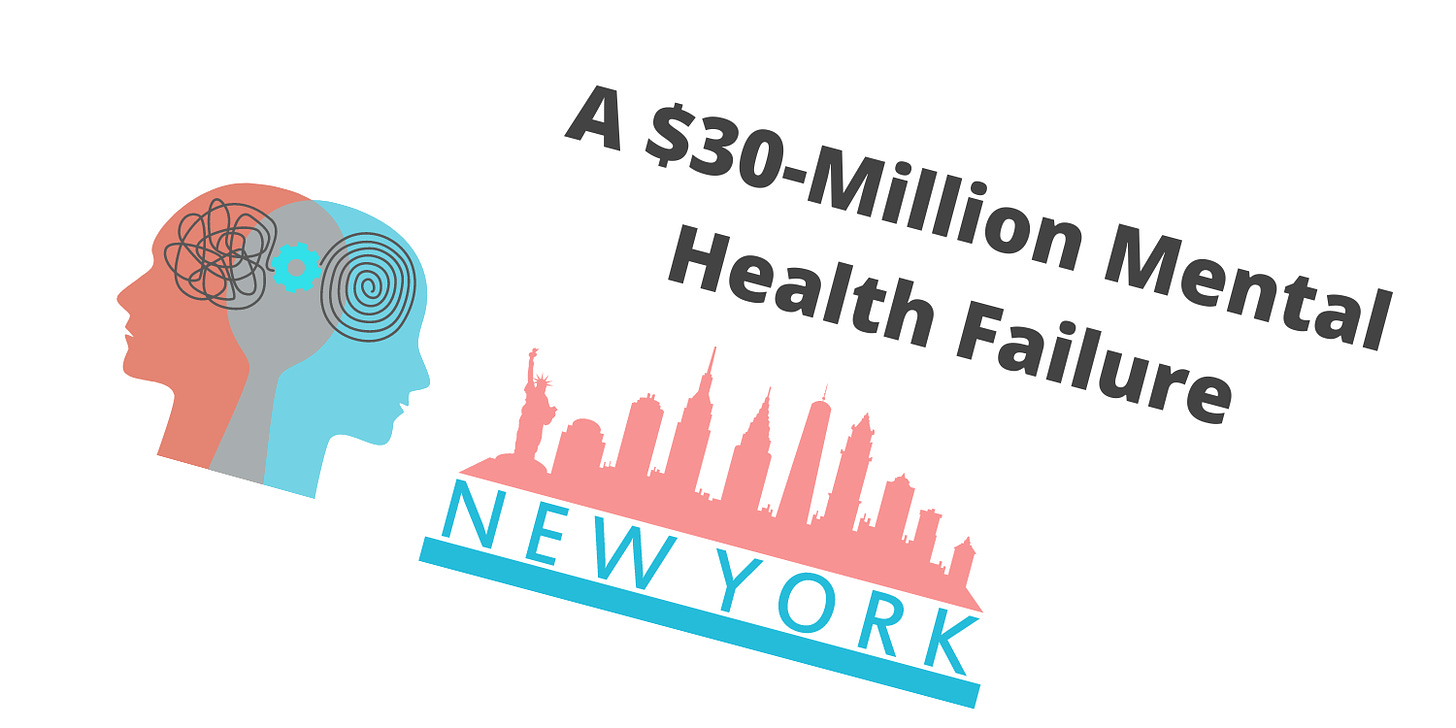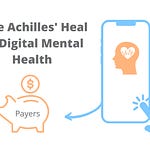In July 2015, the first lady of New York City - Chirlane McGray – announced a 5-year Connections-to-Care (C2C) program that aimed to transform mental health service delivery to low-income populations. It had a budget of $30 million, sponsored by the Mayor’s Fund, the federal Social Innovation Fund, private foundations, and service partners. It became part of the $850-million ThriveNYC initiative later that year.
The program’s goal was to improve access to mental health services and treatment outcomes among the low-income populations served by community-based organizations (CBO), such as out-of-school youth, unemployed adults, expectant parents, caregivers of young children, homeless individuals, and immigrants.
Given the shortage of mental health providers in New York City, the program was to train CBO staff in four mental health skills – mental health screening, mental health first aid, motivational interviewing, and psycho-education – and connect individuals to professional mental health providers as needed.
The core idea behind this is called “task shifting.” That is, specialists (e.g., psychiatrists, psychologists, and social workers) would train and supervise lay persons. In turn, these trained individuals could then deploy basic skills learned and help their clients in need of mental health services. Under the C2C program, these lay persons included various types of CBO staff members, including CBO service providers, case managers, administrative assistants, security guards, and supervisors.
However, after all was said and done, a formal evaluation completed in 2020 (disclosure: I was on the evaluation team) shows that overall, the program did not increase access to professional mental health services, nor did it improve mental health symptoms. Nonetheless, among some subgroups, the program was associated with a small or medium effect on reduced symptoms. But we should be cautious in interpreting the findings about subgroups because the more statistical tests we conduct, the more likely we get false positive findings.
So the question is, Why didn’t the program work out as expected?
The primary culprit is that the program was not designed correctly.
There are two major categories of barriers to access to mental health services: logistical barriers and stigma-related ones. Logistical barriers include things like health insurance, cost-sharing, lack of transportation, provider availability, and lack of providers who speak an individual’s language. Also, patients may have concerns over privacy and other consequences and are afraid of others finding out they are receiving mental health services.
Unfortunately, the C2C program was not designed to fully address these barriers. It mainly targeted the “provider availability” aspect of the problem. Presumably, individuals receiving CBO services would trust their staff and be less concerned about the stigma, but the evaluation results do not support this. Also, trained CBO staff did refer individuals with potential needs to professional mental health providers; for some reason, no differential improvements in access were observed when compared to non-intervention CBOs.
There are several other plausible explanations, although they are less important than the flawed program design.
1. Task shifting may not work in the U.S.
When the program was launched, there was little evidence that task shifting would work in the U.S. setting. However, the concept of task shifting in mental health services had been well established in developing countries. Many studies, including a number of randomized clinical trials, showed that primary care doctors, nurses, health workers, or other non-mental health medical staff were trained and supervised by psychiatrists or psychologists and achieved significant improvements in patient and caregiver outcomes. Although more evidence is needed, it is possible that the task-shifting approach does not work in the U.S., leading to the program’s failure.
2. The program could have been implemented better.
There were many challenges in the first two program years. CBOs had to invest considerable time and resources to learn and integrate the four skills into their routine services. The launch period lasted for more than a year. However, data suggests that CBOs exceeded the expectation in terms of the number of staff members trained and clients served. The program was also well received by CBO staff and mental health providers who provided training and supervision. In addition, more than 80 percent of referred individuals had the first appointment with a professional mental health provider, much higher than the rates of other mental health interventions. Again, it is possible but unlikely that bad implementation has caused the ineffectiveness of the program.
3. The non-intervention CBOs selected for the evaluation were not ideal.
The program was evaluated during a period when the City was implementing other mental health interventions as part of its $850-million initiative. For example, many community organizations were trained in mental health first aid. The Mayor’s Fund also launched a city-wide public awareness campaign to reduce the stigma associated with mental health services. However, other interventions were much less intensive than C2C. Even if all non-intervention CBOs were affected by other interventions, we would expect to see some program impact.
Finally, while it is normal to fail when testing a new approach, the City could have scaled back the program’s scope.
We all agree that trial and error is part of the problem-solving process. So why should we make a big deal out of this failure? One thing the City could have done differently is to scale back the scope of the program. A $30-million project is not small by any measure, especially given that the program’s effectiveness was unknown at the time of its launch. The whole ThriveNYC initiative to strengthen mental health cost $850 million. Was it because of political considerations? This, of course, is a wild guess.
Takeaways
New York City spent $30 million to test the task-shifting approach to improve access to and outcomes of mental health, but to no avail. The failure is primarily due to flaws in the program design. Nevertheless, the City could have spent less on the program.
—
Let us know the topics of your interest (support@AnalyticaNow.net). We would love to cover them. The article is provided by Analytica Now, a company specializing in health analytics, economics, and policy. Thank you for being part of our community! 🎉














Why Did New York City’s $30-Million Mental Health Program Fail?